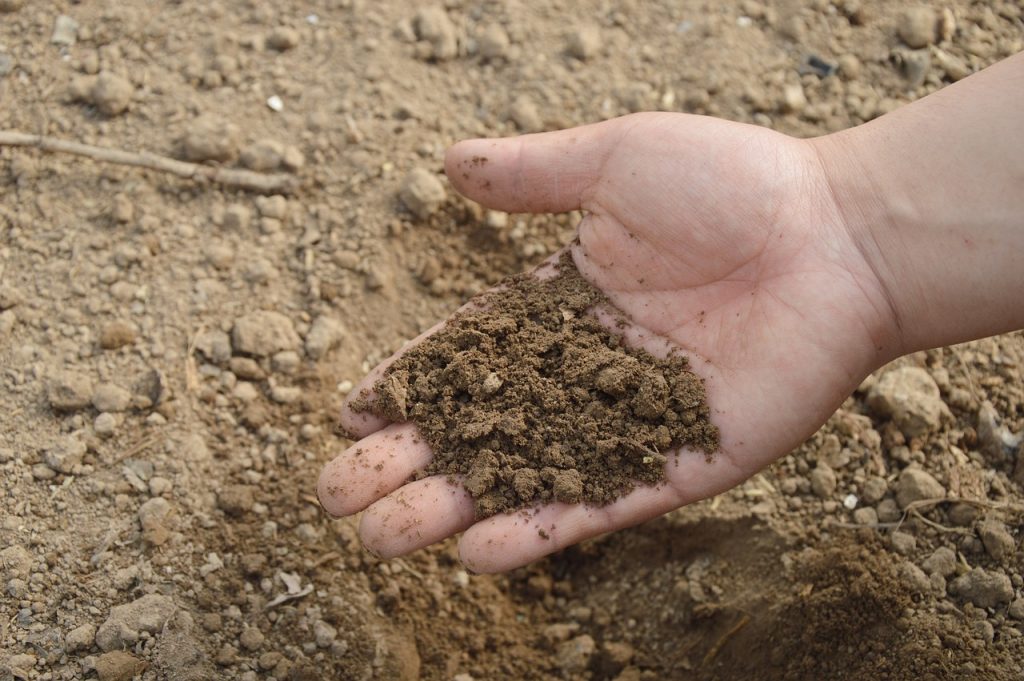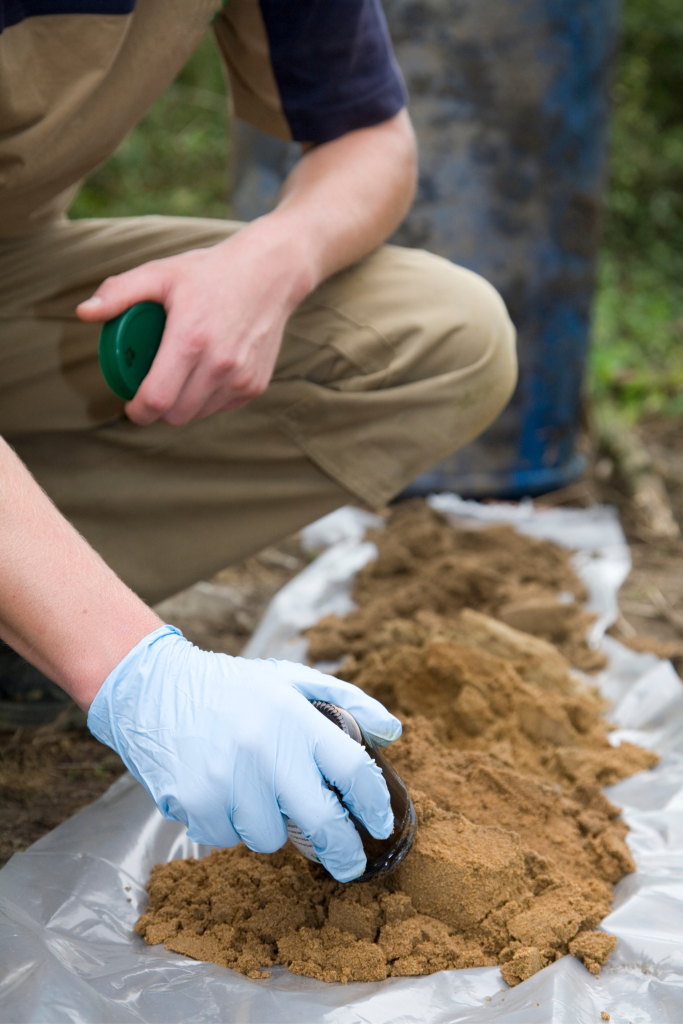
Silty soil, known for its fine particles and smooth texture, can be a gardener’s friend or foe. While it’s rich in nutrients and holds moisture well, it can also compact easily, leading to poor drainage and erosion. Fortunately, with the right strategies, you can transform silty soil into an ideal growing medium. Here’s how to improve and amend silty soil to enhance your garden’s health and productivity.
1. Add Organic Matter
Incorporating organic matter is one of the most effective ways to improve silty soil. Organic materials enhance soil structure, increase nutrient content, and improve water retention and drainage.
- Compost: Add well-decomposed compost to your soil. Compost not only improves soil texture but also supplies essential nutrients to plants.
- Manure: Use well-rotted manure to enrich the soil. Manure adds organic matter and nutrients, boosting soil fertility.
- Leaf Mold: Decomposed leaves, or leaf mold, improve soil structure and moisture-holding capacity.
2. Practice Regular Tilling
Tilling helps break up compacted soil layers, promoting better aeration and root growth. However, it’s essential to till carefully to avoid over-tilling, which can destroy soil structure and increase erosion.
- Light Tilling: Perform light tilling before planting to loosen the soil. This helps prevent compaction and allows roots to penetrate more easily.
- Avoid Over-Tilling: Excessive tilling can harm soil structure. Aim to till only as much as needed to prepare the soil for planting.
3. Apply Mulch
Mulching is an excellent way to protect silty soil from erosion, retain moisture, and suppress weeds. It also adds organic matter to the soil as it decomposes.
- Organic Mulches: Use materials like straw, wood chips, or shredded leaves. These mulches decompose over time, enriching the soil.
- Inorganic Mulches: Consider gravel or landscape fabric in areas prone to erosion. These materials help stabilize the soil surface.
4. Grow Cover Crops
Cover crops, also known as green manure, are planted to protect and improve the soil during off-seasons. They prevent erosion, add organic matter, and enhance soil structure.
- Legumes: Plants like clover or vetch fix nitrogen in the soil, enriching it for future crops.
- Grasses: Rye or oats help prevent erosion and add organic matter when turned back into the soil.
5. Improve Drainage
Silty soil can become waterlogged, so improving drainage is crucial for preventing root rot and other water-related issues.
- Raised Beds: Building raised beds improves drainage by allowing excess water to flow away from plant roots.
- French Drains: Installing French drains or other drainage systems helps redirect excess water away from garden areas.
- Soil Amendments: Mixing coarse sand or fine gravel with silty soil can improve drainage. Ensure these materials are thoroughly integrated with the soil.
6. Avoid Soil Compaction
Preventing soil compaction is vital for maintaining good soil structure and aeration. Compacted soil restricts root growth and water infiltration.
- Minimize Foot Traffic: Avoid walking on garden beds. Use designated pathways to reduce soil compaction.
- Use Wide Tires: If using garden machinery, opt for wide tires to distribute weight more evenly and reduce compaction.
7. Fertilize Regularly
Although silty soil is often rich in nutrients, regular fertilization helps maintain soil fertility and supports healthy plant growth.
- Organic Fertilizers: Use compost, bone meal, or blood meal to provide a slow-release source of nutrients.
- Balanced Fertilizers: Apply balanced fertilizers (e.g., 10-10-10) to ensure an adequate supply of essential nutrients.
8. Conduct Soil Testing

Regular soil testing helps you understand the nutrient profile and pH of your soil, allowing you to make informed amendments.
- Test Kits: Use home test kits or send samples to a local agricultural extension office for analysis.
- Adjust pH: Based on test results, amend soil pH with lime to raise it or sulfur to lower it, creating an optimal environment for plant growth.
Conclusion
Improving and amending silty soil involves a combination of adding organic matter, enhancing drainage, preventing compaction, and maintaining fertility. By following these strategies, you can create a thriving garden environment that supports healthy plant growth. Regular maintenance and attention to soil health will ensure that your silty soil remains productive and sustainable for years to come.



